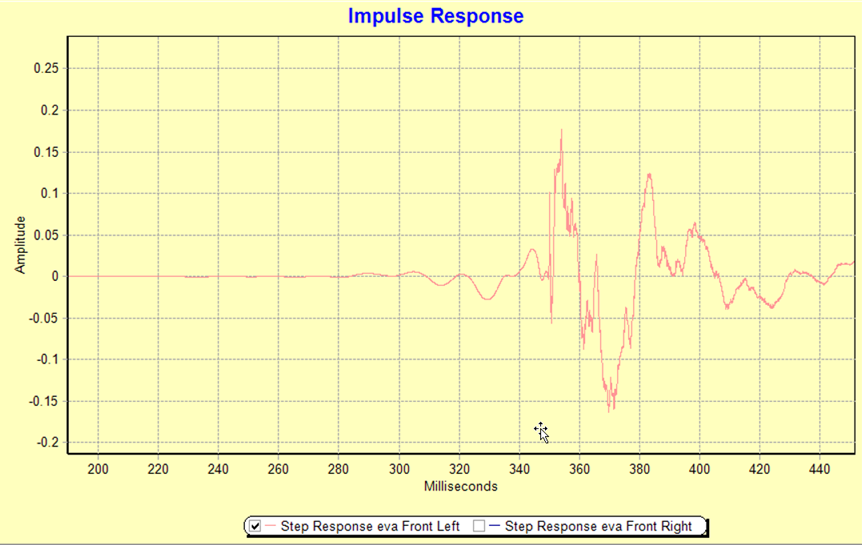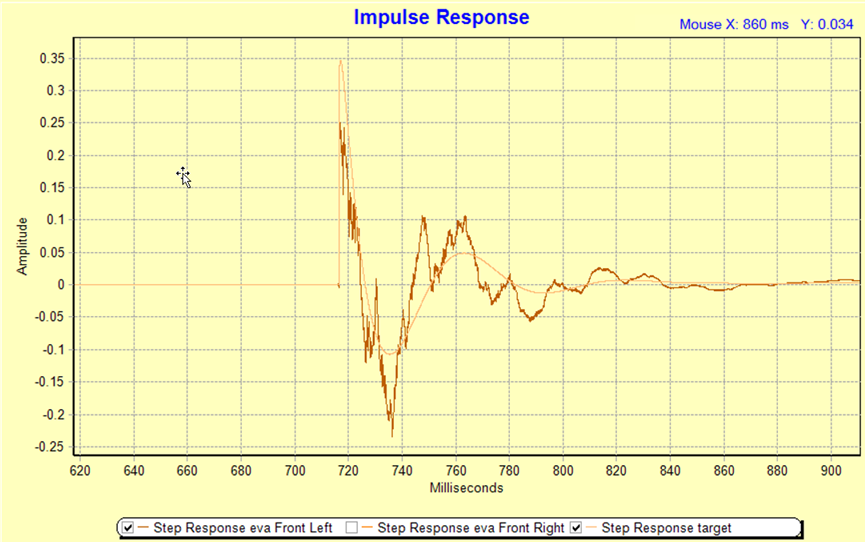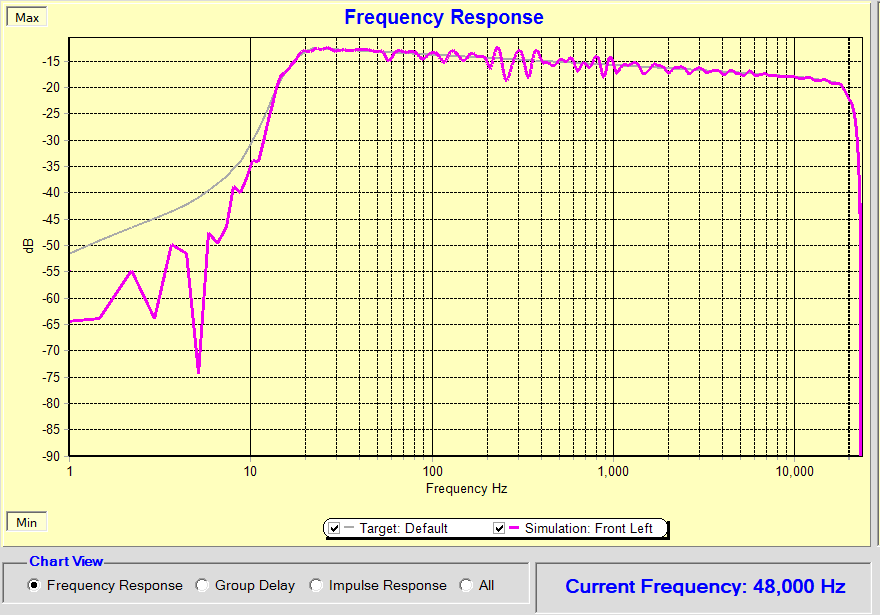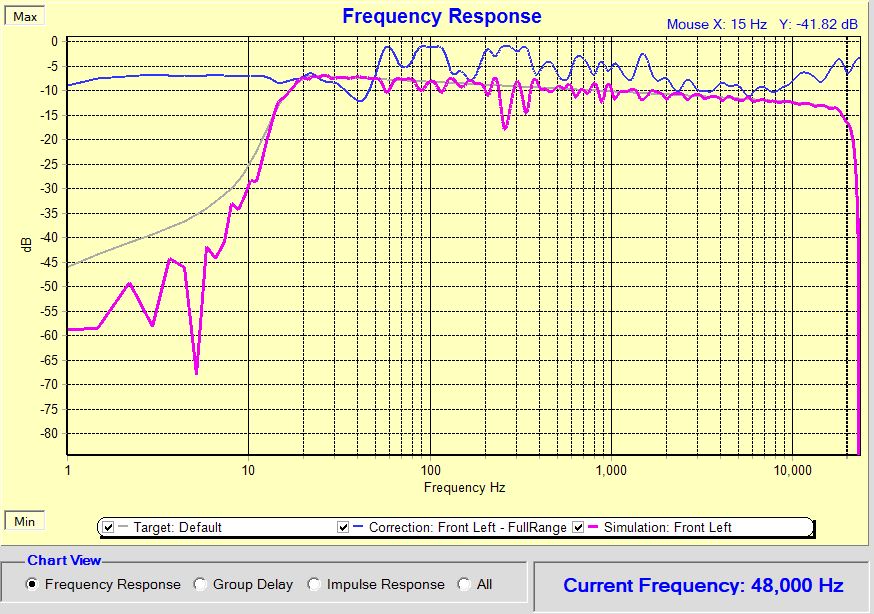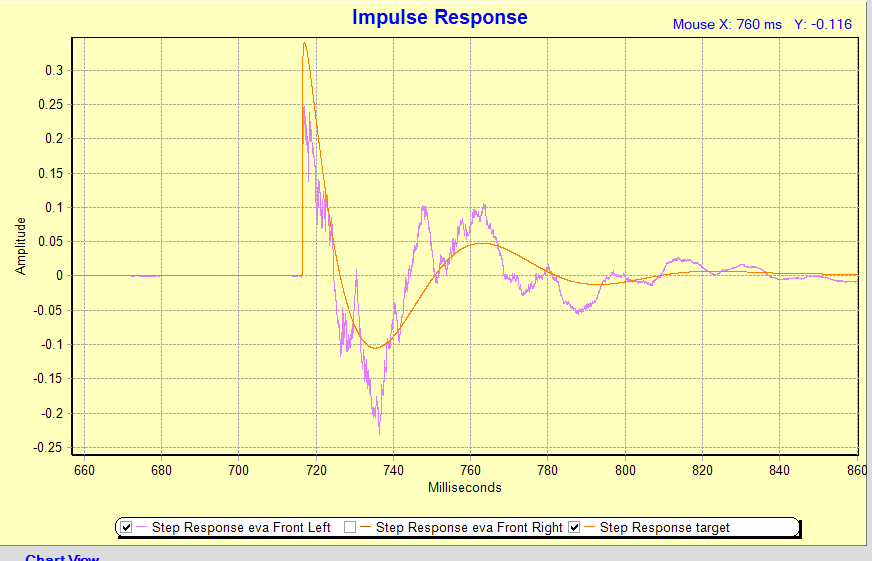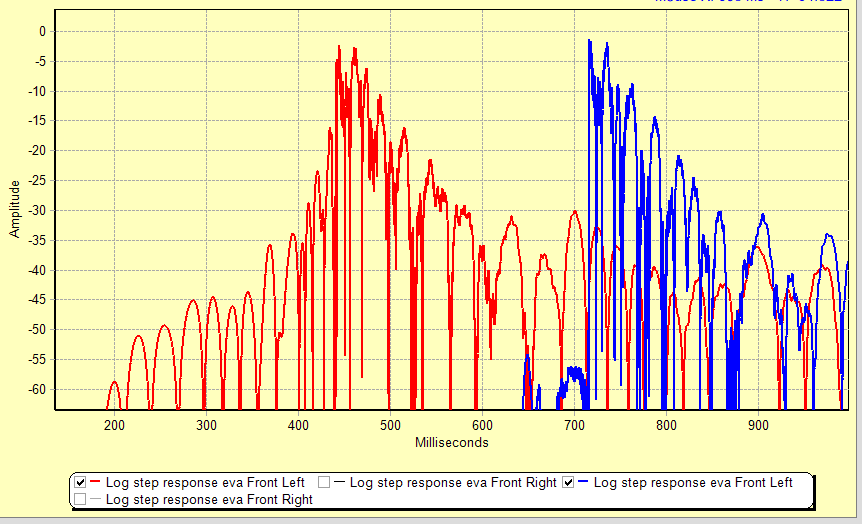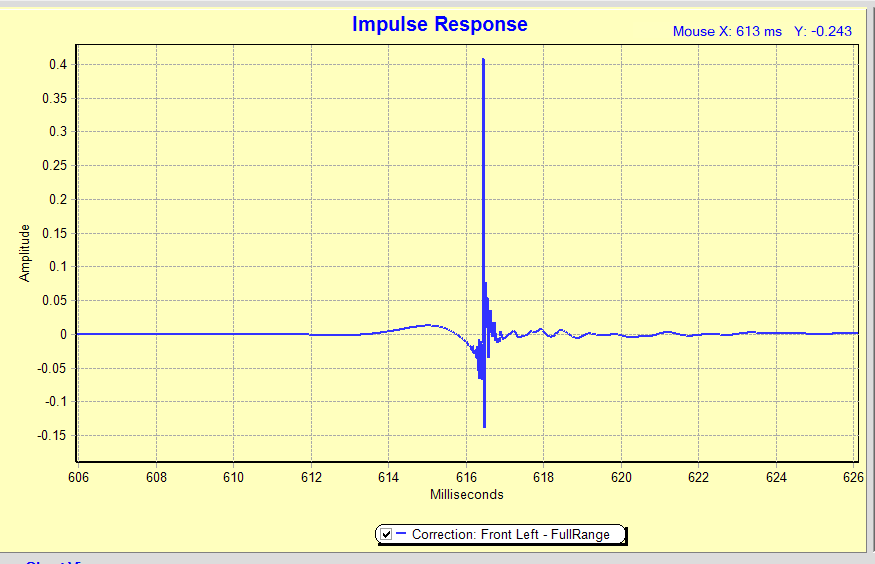
Juice Hifi
Retained
-
Member Title
Newbie
Recent Profile Visitors
The recent visitors block is disabled and is not being shown to other users.
-
Yes, the Wilson Alexia is a fine pair of speakers, and probably much better than mine. But those I regard as prestige customers have speaker systems with extreme capabilities, far beyond what an off-the-shelf 4-driver speaker can do. They typically have acoustically treated rooms, separate bass solutions with a multitude of drivers, line arrays, open baffle, horns etc, equipped with the finest drivers money can buy, class A or class D amplifiers and studio grade multichannel converters. And they all use active crossovers. The owners are typically highly skilled diy builders who have outgrown off-the-shelf speakers decades ago. They are always on the look for sonic improvements. Some of them have been using Audiolense for digital crossovers and sound correction for 5-10 years. Their systems have been scrutinized for equally long, both through measurements and peer reviews, and Audiolense has gained recognition in the process. The artifacts that you claim to surface in "... a system of that level .." simply do not exist at the highest level in this hobby. I do not usually engage in other manufacturers' threads, but this situation is differnet. Speculative and subjective and technically illiteral arguments have here been circulated to install distrust in proven-to-work DSP solutions (not only mine) and promote the manufacturer's own solution. In that regard, the last few pages have some of the same traits as a dirty marketing campaign. I just hope that is not @Zaphod Beeblebrox's intention.
-
I am all good with that, and I agree that we are not competitors. But everybody would be better off if you were able to sort out why technical superior sound correction is perceived to sound worse than the worst alternative - a linear phase correction - in PGGB. And even more so if you could make the best corrections deliver the goods in PGGB. Cheers!
-
I am way past the point where my own system s are the reference systems that I base my conclusions on as far as Audiolense goes. And for the last 15 years or so I have been more concerned with my clients’ sound quality than my own. But I have 4 systems where I have built the speakers myself. Drivers are Accuton, TC Sounds, DC Gold and one tweeter I can’t remember. Three of the four have sand-filled walls for the midrange and up. Highly recommended. Power amps are class D and B, although I have a pretty potent class A in idle. My preference is class D. Converters are two from Lynx Studio, embedded, and Hypex’ dsp module that came with their plate amps. My best speakers are a 3-way with 2*Acuton and an awesome 10” driver from TC Sound … from before TC became famous. The TC plays with ease down in the 20s.
-
Give it some time. If you last for a couple of years this wil come and bite you ... if you keep supplying linear phase corrections. LInear phase cutoff in top usually work fine. It is neither better nor worse than the usual alternatives. Besides, most Audiofiles doesn't hear a lot past 15 kHz anyway. Sometimes linear phase can work in the bottom too. But correctiong speakers and room with linear phase is the worst approach. If it was "just a convolution operation" the original correction should clearly sound better than the linear phase replica, as I have shown. I haven't had the opportunity to look into your code, test it and see what it produces. There seems to be a lot of processing. I don't trust any DSP code out there, including my own. There are bugs everywhere, plus. every speaker, room, dac, PC, mic and user seems to have their own issues it seems. Actually not every single one, but they are plentiful. So I spend a lot of time testing if stuff works as I have intended for a particular customer. Most of the time Audiolense works as intended, but exceptions happens regularly. How do you know that your solution works as intended? And how do you know that you have the most important parameters on your scoreboard? I fully expect the linear phase correction to mask any winning you'd squeeze out of the LSB with noise-shaping and upsampling etc. And I fully expect an uncorrected speaker to do the same. I have shown in my last post that a linear phase version of an Audiolense correction by design is significantly less transparent than a TTD verion of the same. And I can easily show that a minimum phase correction is better than the linear phase too. Just say when. How about it if you show us how a time domain + frequency correction performs in your solution and how it compares to a linear phase correction in PGGB. I'd like to see frequency response, impulse response, step response and whatever you prefer to focus on. Preferrably based on a few real life cases. There are transparency claims in this thread, but the claims haven't been very transparent so far....
-
Hi Zaphod, I am trying to wrap my head around the two claims above. Something has to have gone wrong somewhere for you to draw these concusions. Resampling does not introduce timing uncertainty if it is done properly. The only "uncertainty" is the part of the system response that is above the Nyquist frequency, or more precise, above the anti-aliasing filters used during the measurement. This is also outside of human hearing capabilities. Furthermore, linear phase correction should by design introduce distortion in the time domain. But how does it work in real life? The above plot from Audolense looks practically the same whether it's a TTD correction, a minimum phase correction or a linear phase correction. Here's the resulting step response from a linear phase correction. Everything left of the 442 ms mark are artefacts produced by linear phase, and the reason that linear phase correction is a bad idea. This can be audible and very, very annoying on the "right" music material. This looks very audible to me. If not flat out annoying pre-echos, a degree of reduced cleanness of the leading edge and reduced transparency. I base this on numerous instances of feedback where I have looked at similar plots. Here's the IR of the linear phase correction filter used above: Everything that happens before the main spike creates pre-artifacts that will be audible from time to time. This will also reduce transparency. Here's the step response of the same speaker with a corresponding TTD correction. The resulting frequency response is the same as above: By comparison it has virtually no pre-ringing and a somewhat cleaner decay. @mitchcofrequently gets a clearly better result than this when he perform his services. The corresponding TTD filter: Left side activity here too. But here, the left side is specifically designed to improve the time domain behavior. This is what makes the TTD somewhat picky on measurement quality. The left side of the correction will produce artifacts if the timing in the measurement was wrong, if the measurment picked up some mechanical noise etc. But this is also what makes it sound better when the measurement and playback streams are in order. A cheap measurement microphone gets the job done. The most critical aspect is glitch free streams during measurement, no mechanical noise from either system or environment, and stress-less volume during measurement. A side-by side comparison of the two step responses, after linear phase and TTD correction, respectively. This time on logarithmic form. The red is the linear phase correction, the blue is the TTD correction. I often use this analysis to check that the TTD has an acceptable leading edge, and doesn't have pre-artifacts that are likely to be audible. Thise TTD is good to go, the LP is pretty bad. The majority of Audiolense customers end up using TTD correction because they experience it to be somewhat more transparent than a minimum phase correction. This seems to be the general experience related to Trinnov, Acourate, Dirac Live as well. None of the sound correction providers in the industry use linear phase filters the way they are used in PGGB, even though it is by far the easiest filter to make. The second easiest approach is to use minimum phase filters, which is what e.g. Audacity, Lyngdorf and many others offer, and what Tact used in their pioneering days. This is a more robust and fool-proof solution. Quite effective too, and not as picky on measurement quality. But time domain correction done well performs measurably better and is generally preferred by a solid margin among Audiolense users. If linear phase corretion is the best sounding alternative in PGGB, the other alternatives must have been seriously distorted in the process. Correction filter from Audiolense, transformed into a linear phase filter in PGGB will perform as shown here, which is less transparent than it needs to be. I hope you manage to sort this out, Zaphood. It may benefit our common clients.
-

